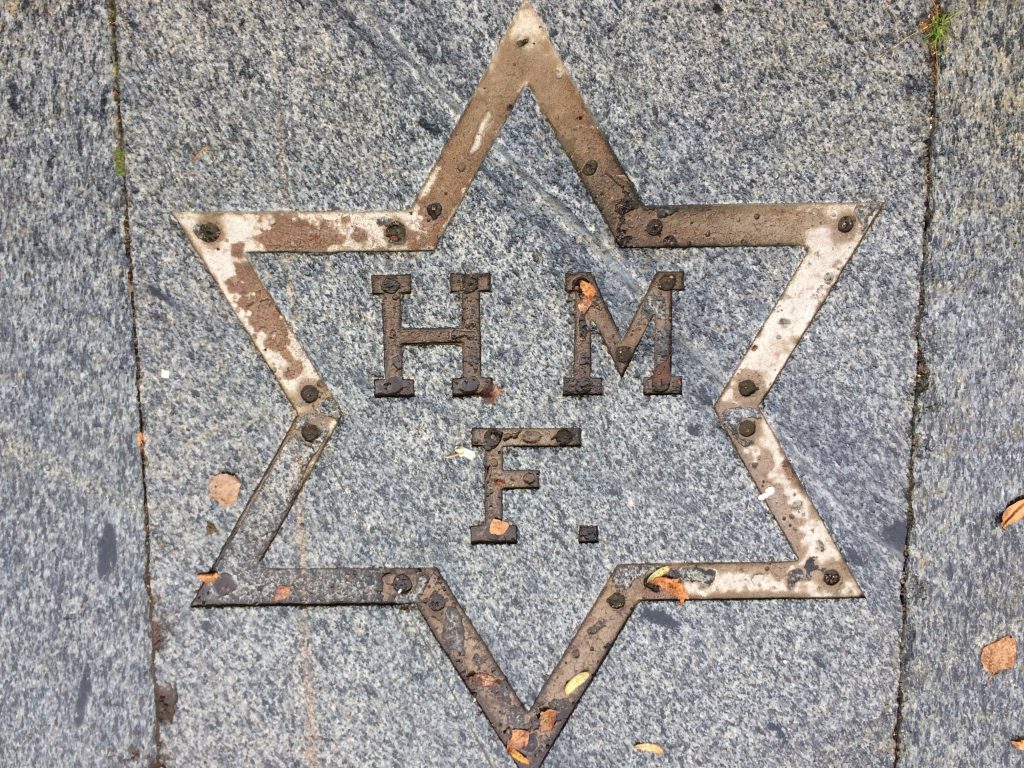
22 december – april 2024
Judiska spår i Dalarnas historia
Vad har Emma Zorn, historikern Hugo Valentin och textilhandlaren Herman Münnich gemensamt? De är alla del av Dalarnas judiska historia. För första gången har judisk historia i Dalarna kartlagts i ett samarbetsprojekt mellan Dalarnas museum och Region Dalarna.



